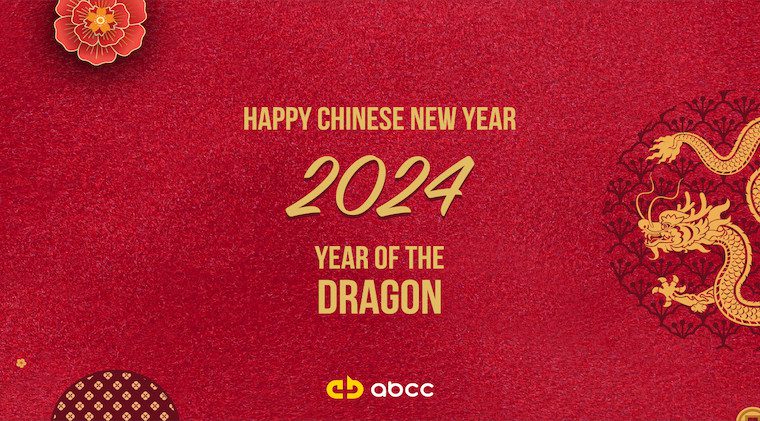Technical Analysis (TA) is a sort of assistant that helps traders analyze current market sentiment and optimize positions entry and exit. Technical analysis, together with fundamental analysis, are the basic pillars of every trader.
Becoming a master in TA is thus very beneficial for anyone serious about trading.
Due to its popularity over time, a lot of individual technical indicators have appeared. Still, there are a few basic ones that are used by most traders.
The most used include the Moving Average (MA), Relative Strength Index (RSI), and Moving Average Convergence Divergence (MACD). Let’s take a closer look at these three essential tools.
The Moving Average
The moving average is one of the most common technical indicators. So how can you use this indicator to estimate future price direction better?
The moving average determines the direction of the trend. If the moving average increases, it also means that the trend is increasing and vice versa. If we want to concentrate on short-term trends, we use a shorter time period and a longer time period to assess longer-term trends.
The moving average at one point is determined using the following calcuation. For example, if the period is over 7 days, then the sum of all seven closing prices is divided by 7, and you get the moving average at the point in time.
Fortunately, all calculation is done automatically for you. The Moving Average is drawn as a line and serves as floating support or resistance. Simple Moving Average and Exponential Moving Average are the two most common types.
A change in trend based on the current price with the moving average line indicates an increased probability of reversing the current trend.
One of the most commonly used combinations to determine a change in price trend is the crossing of moving averages for different periods, for example, 50 day MA and 100 days MA.
As seen in the graph above, when the shorter-term line rises faster than the longer-term line, the price level rises in general. A crossover of both lines corresponded with a decline in prices.
The RSI Indicator
RSI is one of the most commonly used indicators for obtaining a buy or sell signal. This indicator, belonging to the group of oscillators, indicates whether an asset has been overbought or oversold.
The horizontal axis shows the time, and the vertical axis shows values from 0 to 100. A value above 50 indicates a positive signal, and a value below 50 means a negative signal.
As we can see in the chart above, when the RSI is above 70, we usually see a sell-off in the short-term. Conversely, when RSI levels are low (below 30), this indicates that the token is oversold and we usually see more buy orders.
Another way to use RSI is to intersect the neutral line at level 50. In this case, it acts more like a trend indicator and determines when it may be appropriate to enter into the market.
If RSI crosses line 50 from bottom to top, this is a buy signal. If it crosses it from the other direction, it is considered a sell signal.
The MACD
The MACD stands for “Moving Average Convergence Divergence” and is an indicator of momentum and strength of a trend.
This indicator uses the histogram and two moving averages. To calculate the MACD, subtract the long exponential moving average from the short exponential moving average.
Use of the MACD indicator is suitable on days when the market has strong momentum and is moving based on a trend. Conversely, if the market is in consolidation (period of indecisions), it is better to avoid entry or exit based on signals from the MACD.
The strongest signal to enter/exit is based on convergence or divergence. As seen in the MACD chart above, when the MACD line (purple) converges with the signal line (yellow) in a downward trend, the price drops.
The converse is likely when the opposite happens- When the MACD line converges with the signal line in an upward trend.
In Summary
Technical analysis does not offer a complete prediction of price movements. It should be viewed mostly as a tool for gauging when is the best time to enter or exit the market.
Please take note that there are limitations to each indicator and you should use the indicator you are most comfortable with.
Disclaimer: The following content is the view of one writer and is not representative of the views of ABCC Exchange. The content in this article is in no way an endorsement of any project or financial advice of any form. Users are reminded to carry out their own due diligence and execute trades based on their research and risk tolerance.



Are you looking for a platform to put your Technical Analysis skills to the test? For Week 4 of our ABCC WAC, we are hosting a TRX prediction contest from 19th August to 22nd August!
Simply predict the price of TRX on 22nd August on 12:00 (UTC+8) and submit your prediction chart. For the full details, read the announcement here.




